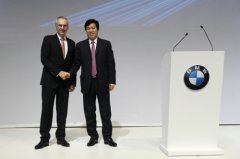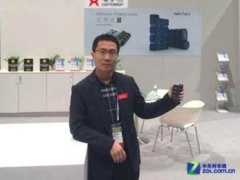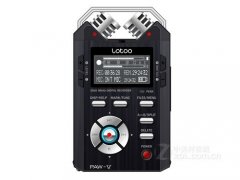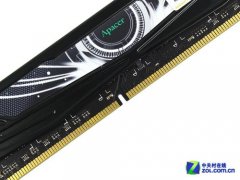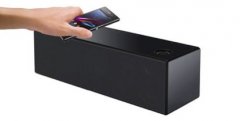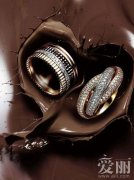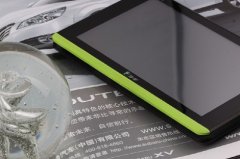[专稿] 箭厂空间
[专稿] 箭厂空间——维瓦拉蒂法兰西
艺术中国 | 时间: 2008-11-12 15:37:57 | 文章来源: 艺术中国
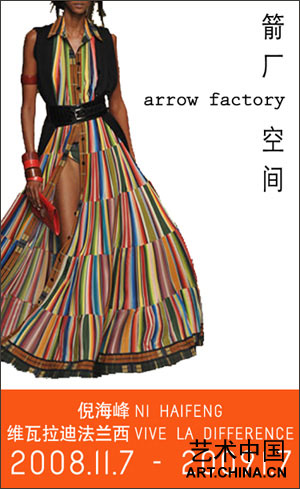
《维瓦拉蒂法兰西》——倪海峰
展览地点:箭厂空间
Ni Haifeng @ Arrow Factory
2008.11.07 - 2009.01.07
《维瓦拉蒂法兰西》(差异万岁Vive la Difference)是艺术家倪海峰创作的一件装置作品,在箭厂空间橱窗式设计的背景之下呈现了制造、消费以及商品化的问题。利用商业化的生产中废弃的工业垃圾(织物碎片),艺术家同两个截然不同的劳动者通力合作,制作出两件独特的"高端"时装外套,将以高级橱窗展示的形式在箭厂空间展示。两件外套都有着同样的出发点——一件由法国高档品牌"爱马仕"(Hermès)设计的服装——和同样的材质(一箱碎布),但是社会背景和制作过程却迥然有别。倪海峰选择了与两个具有完全不同背景的团队合作——一个是坐落在箭厂空间附近胡同里的一家叫做"别具一格"的夫妻裁缝店,以为邻里居民提供缝纫制衣,缝补和洗涤服务为生;另一个则是目前在北京的法国及澳洲设计师Aurelien Lecour和Tony Saint Hua,迪梵高级时装工作室的创办人,他们工作在时装工业的创造性领域。两个团队当中的每一个都被要求根据一张"原创"设计的图片来重新阐释和复制各自的服装,其结果不仅是形成了两种不同的审美反应,而且揭示了这两种完全不同但却并行的劳动模式之间的社会差异。通过有意选择经济背景有着巨大差异的合作者,将制作的创造性行为交与他人,倪海峰着眼于一种生产的社会过程,生产的手段受到质疑,而清晰的原创者身份的概念则被瓦解了。《维瓦拉蒂法兰西》在这一平凡粗陋的胡同环境中,寻求揭示极端奢华与凡俗的日常生活之间的视觉上的不和谐,以及隐藏在生产与展示背后的社会摩擦。'维瓦拉蒂法兰西'或者'差异万岁'不无嘲讽地重申,在'低端'与'高端'之间,在无人问津之物与极端的欲望之间,在严峻的社会现实与消费主义的乌托邦承诺之间所存在的不可调和的差异。
倪海峰(1964年出生于舟山)的艺术实践源自对回归、交换、语言和生产等文化体系的关注。他在中国出生和成长期来,但目前定居荷兰,运用摄影、录像和装置来探索意义的同时发生和消解,提醒人们关注常常折射出殖民主义和全球化模态的人物、产品以及商品的循环运动。他的目的在于打破现状,对抗先入为主的艺术概念,用艺术家自己的话来说,就是要努力达到 "零度意义"。倪海峰的作品在国内和国际上多次举办个展和群展。目前生活在阿姆斯特丹和北京两地。
艺术家与箭厂空间感谢Le Divan品牌服装店和"别具一格"的卢先生在合作过程中慷慨相助。"箭厂空间"是一个由独立策展人和艺术家组织策划的艺术橱窗项目。空间位于北京市中心的胡同里,原本是个小商铺,经过改造后拥有10平方米的展出面积。"箭厂空间"首先希望通过橱窗这种特殊的展示方式,为艺术家的创作方法提供一种新的可能,空间内定期更新的艺术作品将会在这里每天面对不同的社会群体和文化情境。其次项目自身也试图探讨艺术与日常生活之间的美学关系,尝试艺术创作与公共空间的有机对话,促进当代艺术的试验,交流与研究。"箭厂空间"将会积极地邀请国内和国外的艺术家提供现场装置和项目。
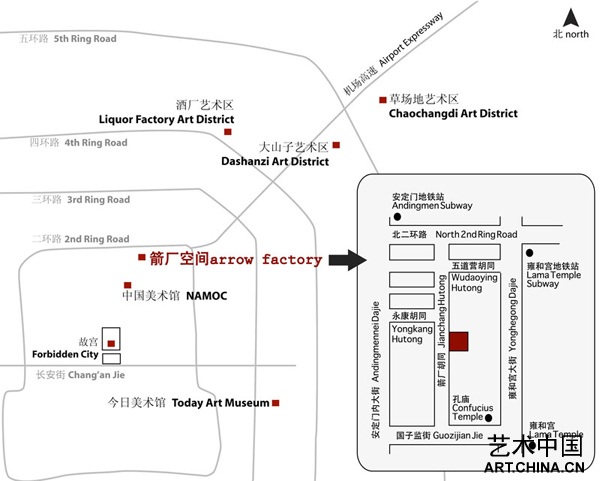
Vive la Difference: Ni Haifeng @ Arrow Factory
Vive la Difference is an installation created by artist Ni Haifeng that presents issues of production, consumption and commodification within the context of a shop window design at the Arrow Factory. Using shreds of fabric that have been discarded after commercial factory production, the artist has collaborated with two different design teams to produce a pair of unique "high-end" fashion garments that will be presented in Arrow Factory's space in the form of a luxury store window display. The two garments share the same origin—a dress designed by French luxury brand Hermès—and the same materials (a box of fabric shreds) but the social context and process of production is entirely different. Ni has chosen to work with two workers with incongruent backgrounds—one is a Chinese run 'mom and pop' tailor shop Bieju Yige (别具一格)located in the hutong adjacent to Arrow Factory that subsists on tailoring, mending and patching clothes for the neighborhood residents, and the other is Beijing based French-Australian designers Aurelien Lecour and Tony Saint Hua, creators of Le Divan Studio who work in the creative sector of fashion industry. Each has been enlisted to reinterpret and reproduce their own dress based on an image of the unique "original" design, with the outcome intended not only to yield two different aesthetic responses, but to also acknowledge the social discrepancy between these two diverse yet parallel forms of labor. By purposefully choosing collaborators with dramatically different economic backgrounds and handing the creative act of making over to others, Ni engages with a social process of making where the means of production are questioned and clear notions of authorship are disrupted. Vive la Difference seeks to expose both the visual dissonance between the extremely lavish and the mundane everyday and the hidden social frictions of production and presentation within the humble surroundings of the hutong. Vive la Difference or 'Long Live the Difference' mockingly reiterates the irrevocable differences between the 'low' and the 'high', between the unwanted and the 'highly desirable', between grim reality and utopian promises of a pan-consumerist society.



![[专稿] 箭厂空间](http://www.xigushan.com/uploads/allimg/150616/05423125U_lit.jpg)
